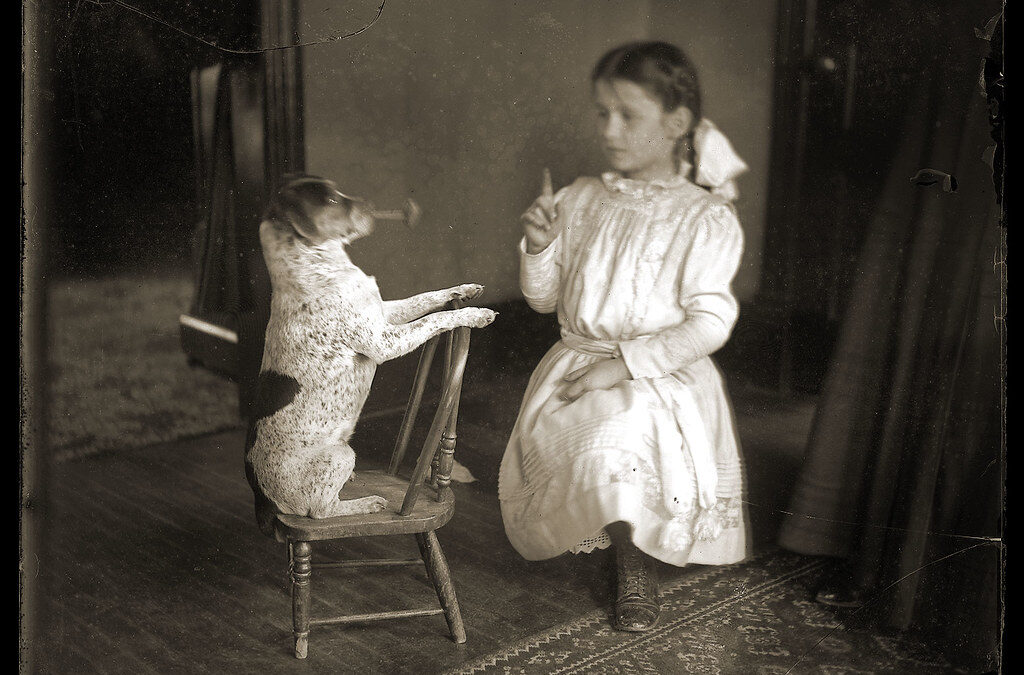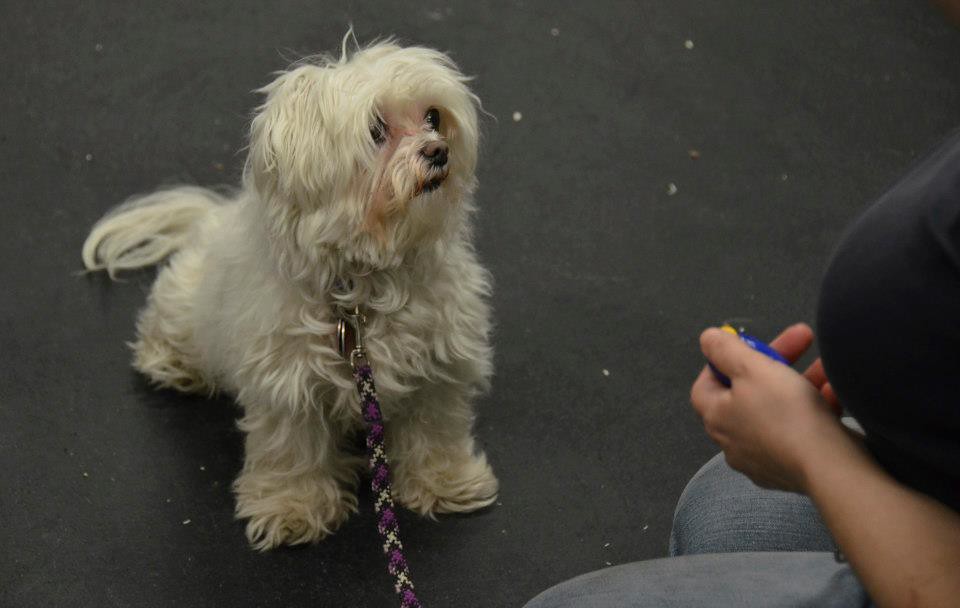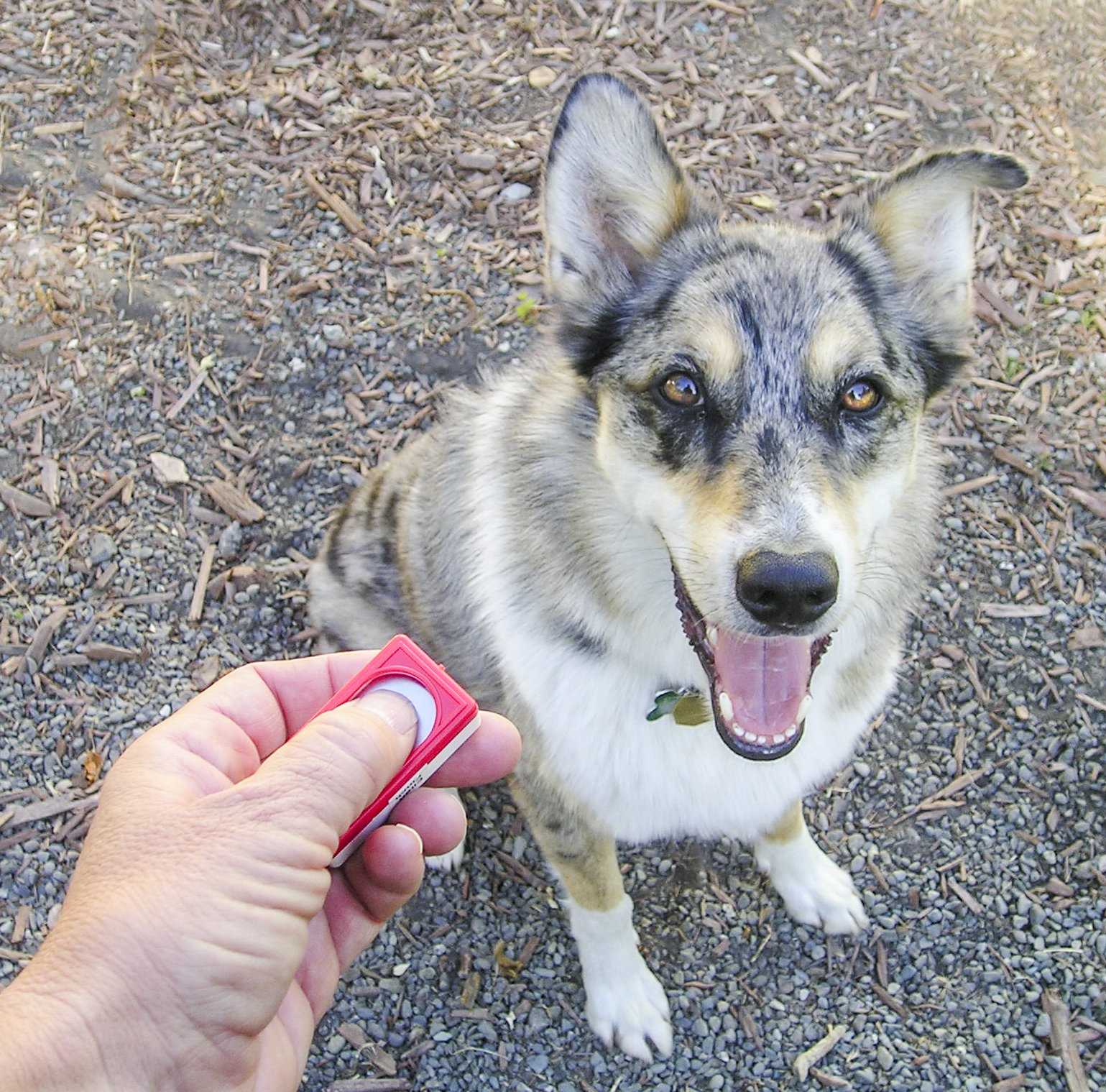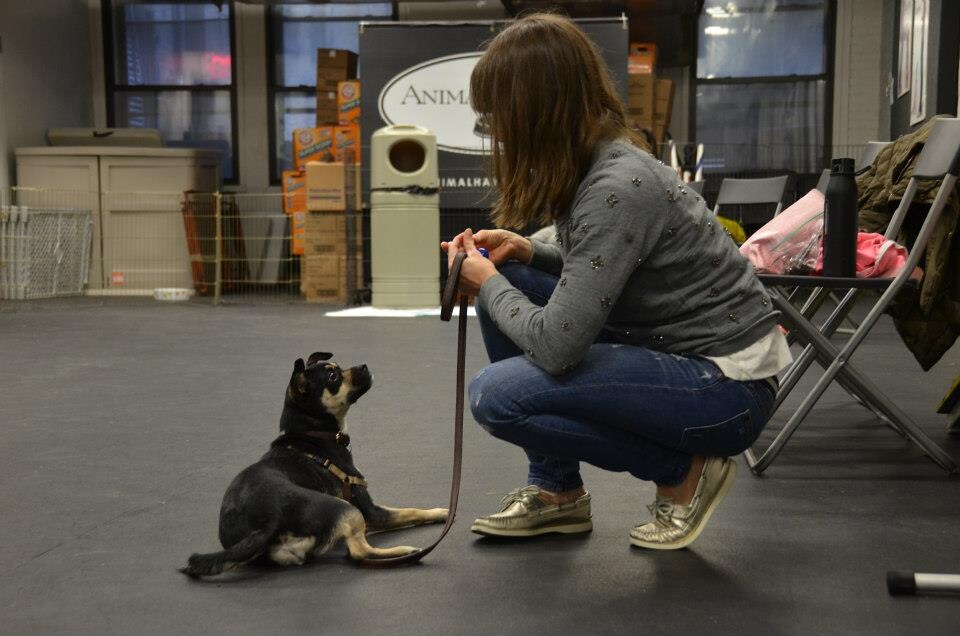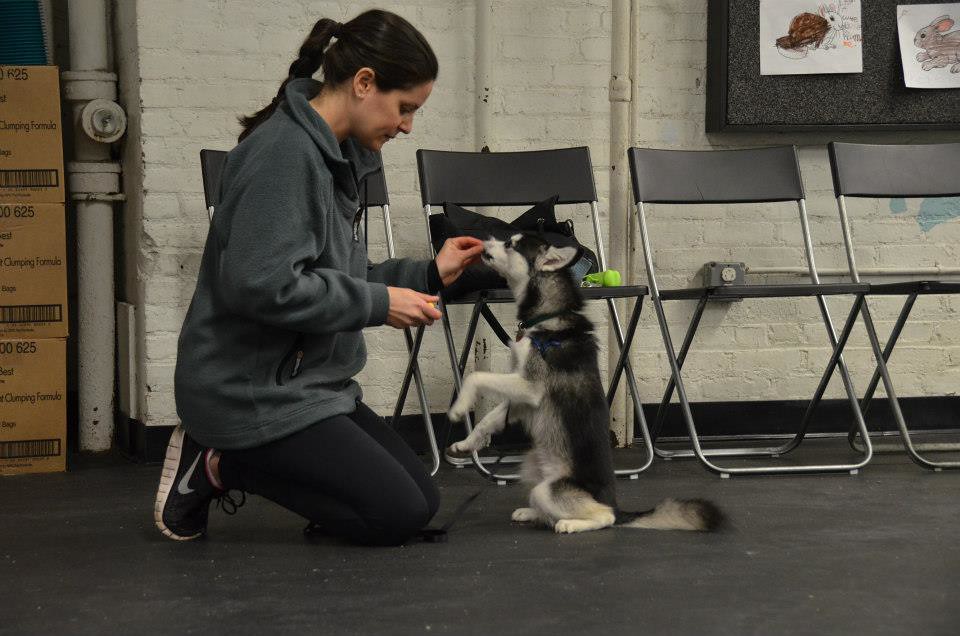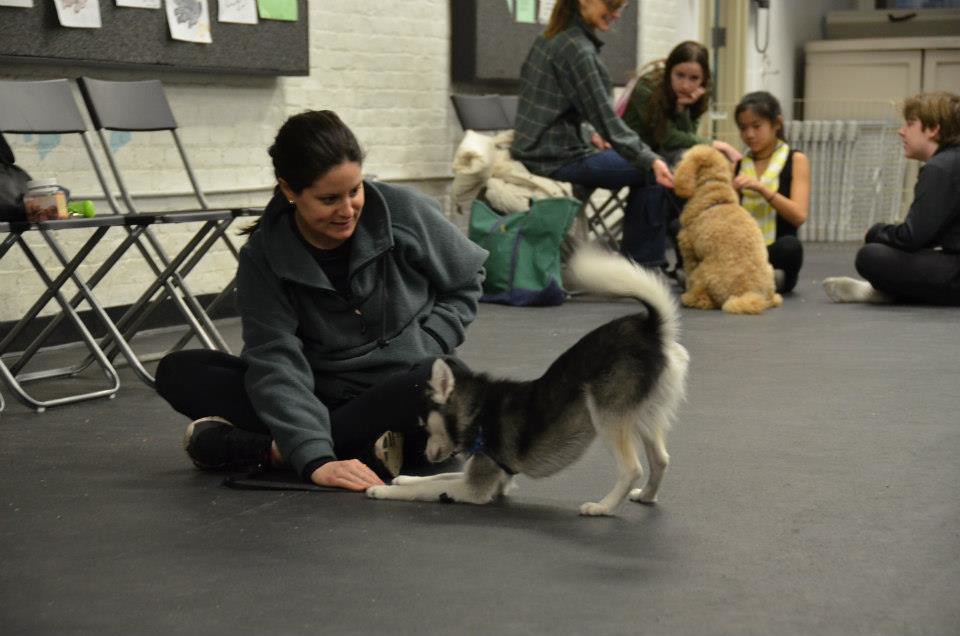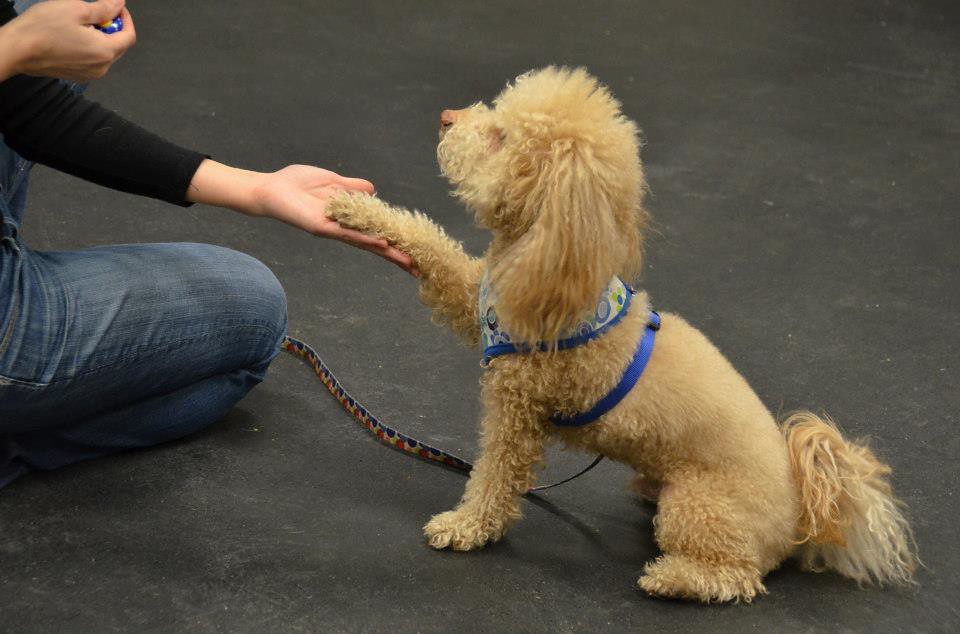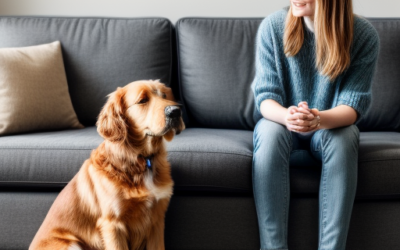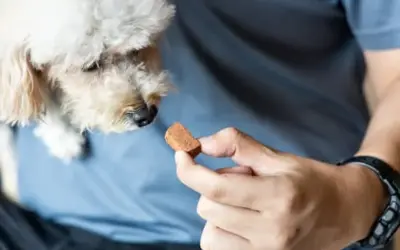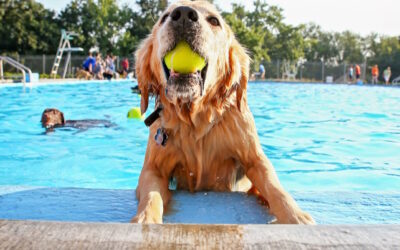What is Clicker Training?
What Are the Pros and Cons of Clicker Training?
PROS |
CONS |
| Good bonding time for you and your dog | Not all dogs respond well to the click |
| Can eliminate confusion from voice commands | Inconsistent/Incomplete training can return poor results |
| It’s easy for the dog to understand the rewarded behavior | Can be conditioned to only respond to the click |
| Training larger dogs can be much faster | Isn’t helpful for correcting bad behavior |
| Easy for the dog to hear the click sound in many different environments | Isn’t a replacement for treats or positive reinforcement |
| Multiple people can train the dog with little to no confusion because the dog is responding to the click and not necessarily the human’s voice commands |
Where Should You Begin?
Final Notes
- When teaching a command, do not repeat the command multiple times if the dog does not respond after the first try. This can inadvertently teach the dog that they allowed to not listen to you until the third or fourth command and they can still receive praise or reward. Instead, “reset” by turning your back to the dog for a few seconds and not interacting with them in any way. Then turn back and say the command again. If the dog struggles to respond to your command, you may need to start smaller or go back a step in the learning process to make sure the dog knows what behavior is expected with that particular command.
- Have fun! This form of training is a great way to keep your pup mentally engaged and stimulated, and it encourages team work from you both.
Check out our articles on popular dog breeds in Florida!
Pheromone Therapy for Anxious Pets
Pheromone Therapy for Anxious PetsManage Pet Stress and Treat Cat Behavioral Issues NaturallyMake an AppointmentDoes your pet struggle with change? Have you considered the benefits of pheromone therapy? Cat owners often encounter situations where their feline...
How to Keep Your Pet Stress Free on Halloween
How to Keep Your Pet Stress Free on HalloweenTips for Keeping Your Pets Calm and SafeMake an AppointmentIn this blog post, we'll talk about how to keep your pet stress free on Halloween. Halloween is an exciting time for humans, but it can be a source of anxiety for...
How to Stop Your Dog From Jumping on People
How to Stop Your Dog From Jumping on PeopleIs your pet prone to unexpected pouncing? Find solutions and address concerns.Make an Appointment Are you concerned about your furry friend unexpectedly leaping on others? No need to worry, as there are straightforward...
The Importance of Heartworm Prevention Medication
The Importance of Heartworm Prevention Medication Safeguard your Pet's HealthMake an Appointment As pet owners, ensuring the health and happiness of our furry companions is a top priority. One crucial aspect of pet care that should never be overlooked is heartworm...
The Importance of Pet Nutrition
The Importance of Pet Nutrition Catering to your cat or dog's unique needsMake an Appointment Just like humans, our pets feel and function at their best when they eat properly. Because cats and dogs have very different dietary requirements, providing them with the...
Top 3 Summer Pet Safety Tips
Top 3 Summer Pet Safety Tips Keep your pet cool and safeMake an Appointment In this blog post, we’ll share our Top 3 Summer Pet Safety Tips for keeping your pets safe and comfortable in hot weather. When the weather warms, many pet owners become eager to spend more...

